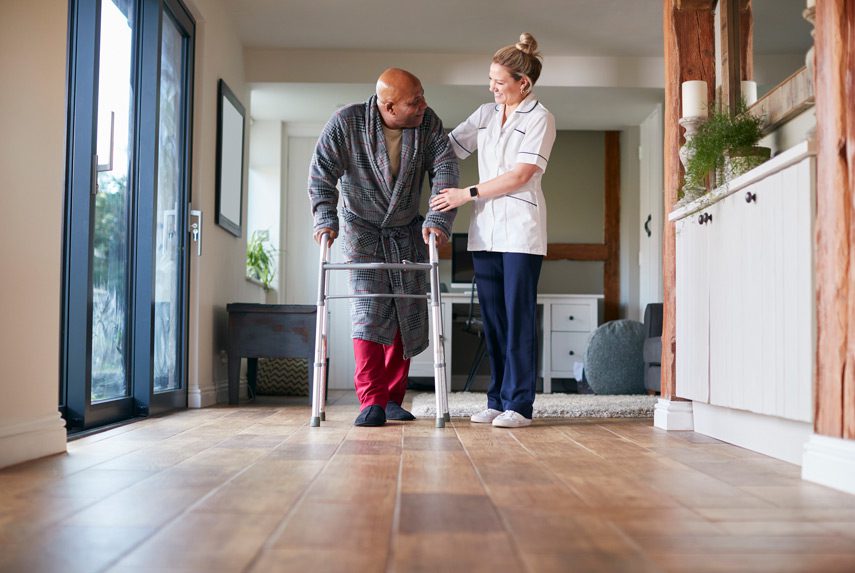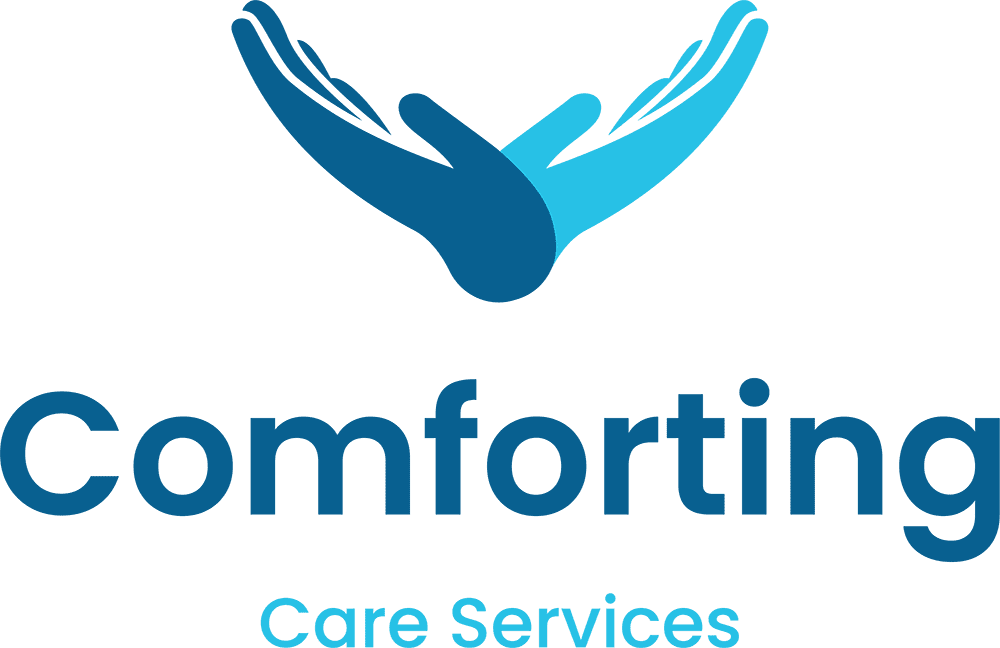Hospice care is provided at four different levels, each offering specific services based on the patient’s needs. These levels include Routine Home Care, Continuous Home Care, General Inpatient Care, and Respite Care. The hospice care team determines the appropriate level of care based on the patient’s symptoms, pain levels, and caregiver needs.

Routine Home Care
Routine Home Care, or Level One hospice care, provides basic end-of-life services for patients wherever they call home. The hospice care team includes skilled nurses, certified hospice aides, physician, medical social services, spiritual support, volunteer support, and bereavement counseling.

Continuous Home Care
Continuous Home Care, or Level Two hospice care, is provided in times of crisis when a higher level of nursing care is temporarily needed to manage severe symptoms and prevent hospitalization. This level of care involves a nurse monitoring symptoms, consulting with the doctor, and changing the treatment approach to make the patient comfortable. Once the patient is comfortable for the long-term, they are moved to a different level of hospice care.

General Inpatient Care
General Inpatient Care, or Level Three hospice care, is provided for patients in a skilled nursing facility who require a higher level of nursing care during a crisis, such as unmanageable severe pain, severe anxiety, or breathing problems. Once the patient is comfortable, they can be returned to the Routine Care level.

Respite Care
Respite Care is provided to give caregivers a short-term break from their round-the-clock responsibilities. Patients are transferred to a skilled nursing care facility for up to five consecutive days per billing period, during which they receive the same level of care that they are provided with outside of respite care.
